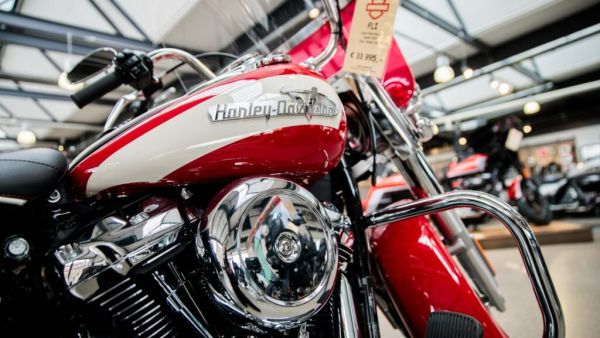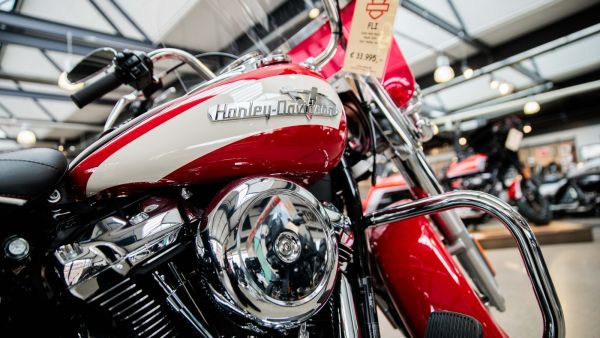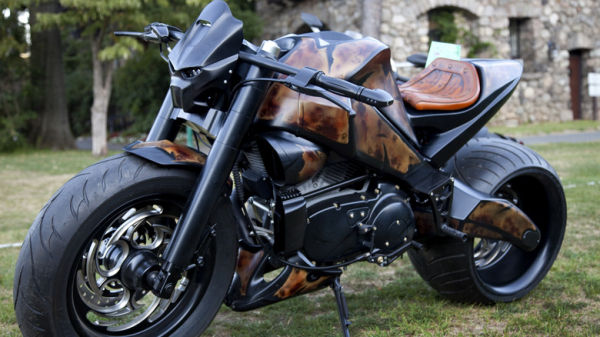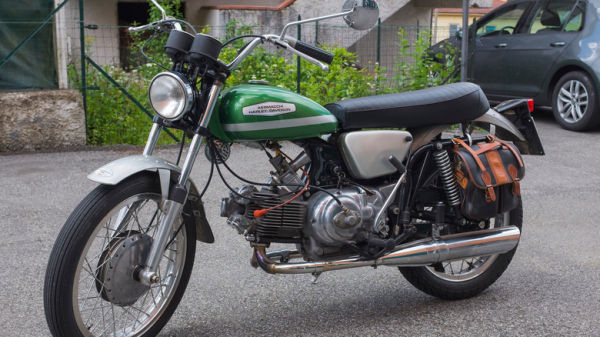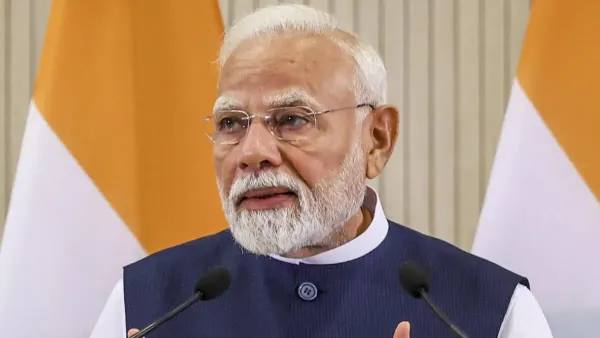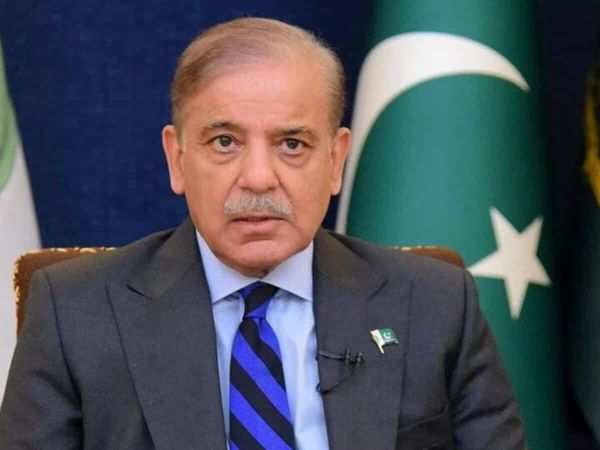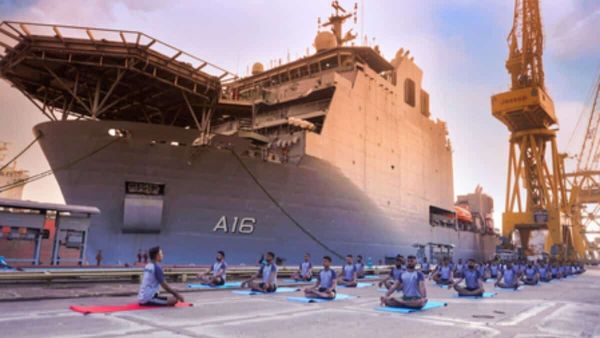When people think of Harley-Davidson, they think of V-twins (although there are plenty of non-Harley motorcycles with V-twins as well) and American muscle. But for a company so defined by tradition, it has also made some surprisingly off-brand business decisions over the years. Beyond the big touring bikes and rebel-styled softails (not to be confused with the hardtails), Harley-Davidson has owned or controlled several motorcycle brands that were very different from its core identity. Some of these moves were about diversification. Others were efforts to chase trends or enter new markets. And while all of these ventures are now little more than footnotes, each one reveals something unexpected about what Harley was trying to become at different moments in its history.
We’re not talking about engine deals or marketing partnerships. These are brands Harley had real control over, either through acquisition or full ownership. Though they ended in quiet exits or blew up in dramatic fashion, all of them share one thing in common: They weren’t what you’d expect from Harley. Whether it was Italian two-stroke racers or sportbike startups, Harley-Davidson has made some bold bets outside its comfort zone. And as this list shows, it’s tried to be more than just the king of cruisers.
Buell: The oddball sportbike brand Harley tried to make work
Buell started in 1983 as the passion project of Erik Buell, a former Harley-Davidson engineer who wanted to build American sports bikes. After a short-lived two-stroke race bike in the mid-80s, Buell started using Harley’s Sportster in its sports bikes. Harley took notice. In 1993, it bought a minority stake. By 1998, it owned 49% of the company, and in 2003, it took full control.
For a while, the partnership seemed to work. But Buell was never a mainstream hit. Its designs were quirky: Fuel-in-frame chassis designs, zero torsional load (ZTL) brakes, and underslung exhausts. Then came the 2008 financial crash. Harley cut costs hard, and in 2009, it shut down Buell completely (the company had decent sales growth, but it hinged on home equity loans, which have fallen out of favor since the global financial crisis).
Erik Buell went on to start Erik Buell Racing (EBR) and eventually regained the Buell name in 2021. The brand is back and building bikes again, this time with its own 1190cc V-twin, not a Harley engine. But the Harley-Buell era remains one of the more ambitious (and frustrating) chapters in both companies’ histories.
MV Agusta: The high-stakes Euro gamble that backfired fast
In 2008, Harley-Davidson shocked the industry by buying MV Agusta for €70 million. The manufacturer was European racing royalty. It made exotic, high-performance superbikes and carried a legacy built by the legendary Count Domenico Agusta.
But the timing was disastrous. Just as Harley closed the deal, the global financial crisis hit. Sales nosedived across the industry and never quite recovered. Even worse, MV Agusta was already in financial trouble. Harley spent the next two years pouring money into the brand, including funding the development of a new F4 and Brutale lineup, but the turnaround never came.
By 2010, Harley wanted out. Fast. It sold MV Agusta back to the Castiglioni family for a symbolic €1. Harley lost millions and left the European sportbike scene with nothing to show for it. The MV Agusta brand has since bounced between owners. Most recently, it was part of Pierer Mobility before returning to the Sardarov family in 2025. But Harley’s short stint with MV remains one of its biggest business missteps — a brand that never quite fit, bought at the worst possible time.
Aermacchi: The forgotten Italian two-stroke race experiment
Back in 1960, Harley bought a controlling interest in Aermacchi’s motorcycle division. The company was best known for making small-displacement two-strokes and four-strokes for the European market. Harley needed an answer to the lightweight bikes coming out of Japan, and this was its play.
The result was the Aermacchi Harley-Davidson line. It produced everything from 125cc motorcycles (Harley also made a 125cc design way back in 1948) to 350cc enduros and even some legitimate race machines. Harley branded them for the U.S. market, hoping to win over younger riders.
It worked, briefly. Aermacchi-built racers even won multiple Grand Prix titles in the 1970s with Walter Villa at the helm. But by 1978, Harley was done. It sold Aermacchi to the Castiglioni brothers, who turned it into Cagiva. It’s a forgotten chapter now, but for nearly two decades, Harley built and sold small-displacement European bikes. Yes, even two-strokes. It wasn’t Harley as most people know it, but it happened.
